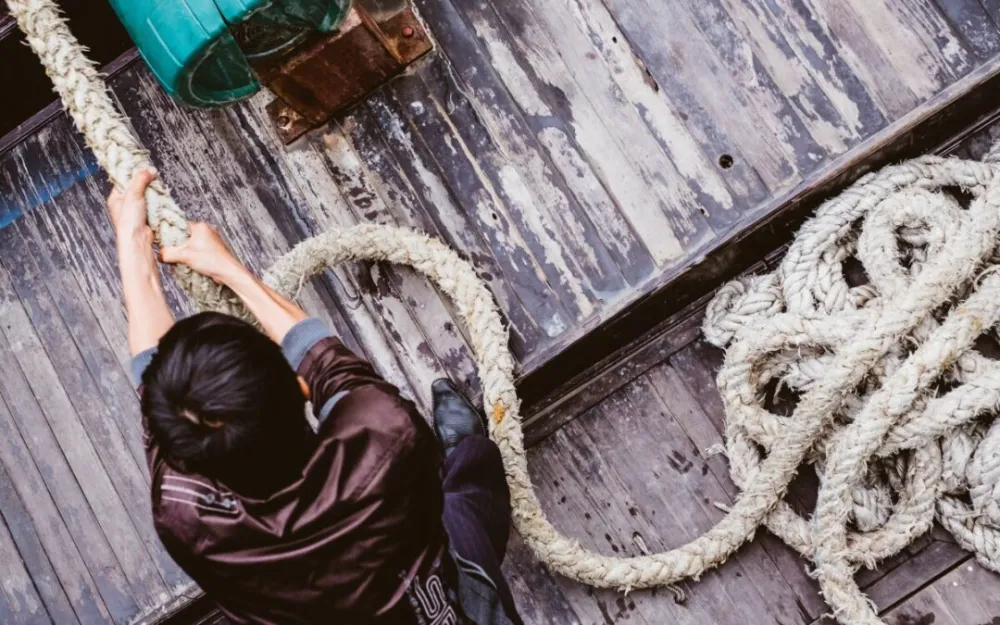Even though many of us ask this question, the term ‘muscle knot’ isn’t quite correct when looking more closely at what’s going on at a deeper level. There’s something called fascia that might be causing the ‘knot’ that we feel when we prod and poke our backs when we’re in pain.
So the question should be, what is a ‘fascia knot’? if we were being pedantic. Keeping this fascia healthy, in our opinion, is the most effective and often overlooked way of improving the health of our muscles and backs.

Fascia sits just underneath the thinnest layers of skin and travels all the way through to your internal organs, stopping them from bouncing around when you’re running for the bus, it’s like a web, attaching to everything. Some parts are thick and dense, like a tough doormat, others supple and elastic. The important thing to imagine is that it’s continuous, it does not stop anywhere. Actually, it is the thing holding us all together; it holds bones to bones, muscles to bones, muscles to muscles and so on.
Fascia can change its form (density and elasticity) depending on the location in the body and what pressure is being exerted on it. For example, lifting weights causes the body to adapt, it does this by growing bigger muscles. Fascia reacts in a similar way by thickening, becoming more fibrous (ropey) and forms a denser state.
Let’s suppose you’re sitting at a desk, typing furiously and fully engaged in work. You may have noticed your shoulders rolling forward, your head lurching towards the screen. We all do this, over long periods of time, this becomes exhausting for your back muscles and requires lots of energy to maintain this posture. Fascia does not require energy like muscles do, allowing you to do your work with as little energy as possible, as a result, it becomes thicker and less elastic to take some load off the muscles.
This can be seen within the muscle itself, rather than a fine elastic 3d spiders web-like formation, we get more of a lattice of shipping rope, this helps when holding a prolonged energy-demanding postural position. A simple comparison is like a stringy piece of steak.
Unfortunately, this can lead to pain at the site of the knot. This is due to a reduction in blood flow locally at that point, causing a burning/aching sensation. Our main goals as Osteopaths are to reduce these knots by physically working on them – using manual therapy, and by improving mobility/flexibility, therefore improving blood flow.
Of course, this isn’t something that is necessarily going to improve overnight, it takes time and consistency to improve. Once you do get the mobility back, it’s always easier to maintain, so keep stretching and see an Osteopath every now and then for a loosen up.
If you have any questions or want to know more about how we can help you, you can call us on 01932 273 243 or you can book through our website – Book Here
November 22, 2020. Billy Challis, Osteopath
